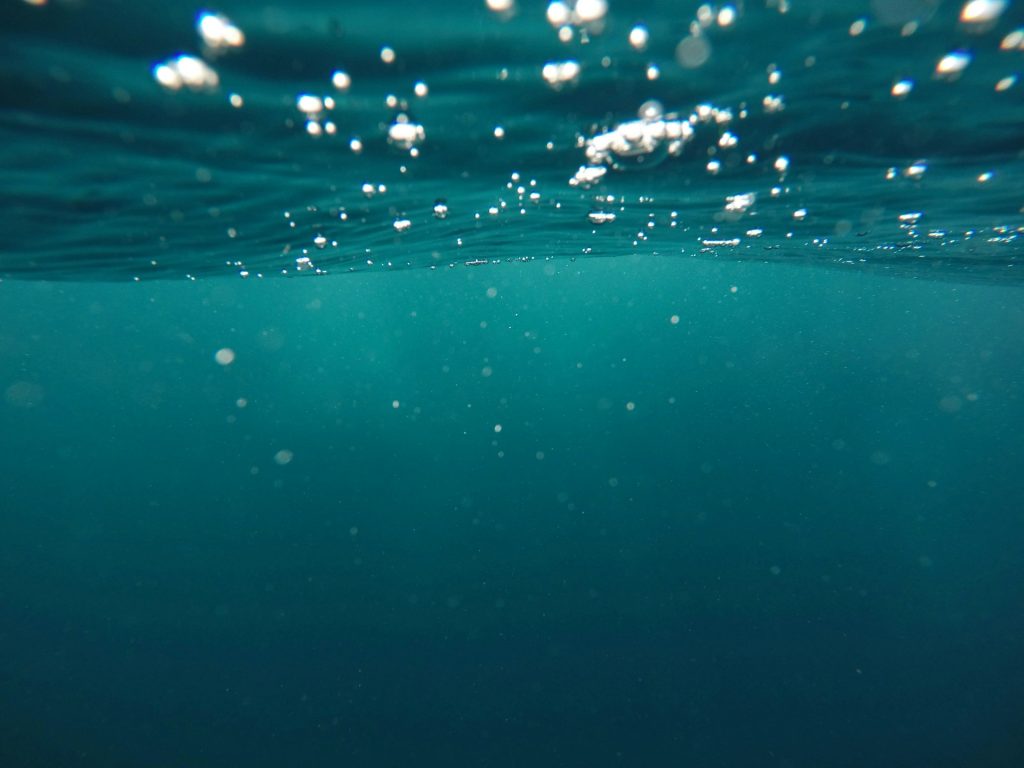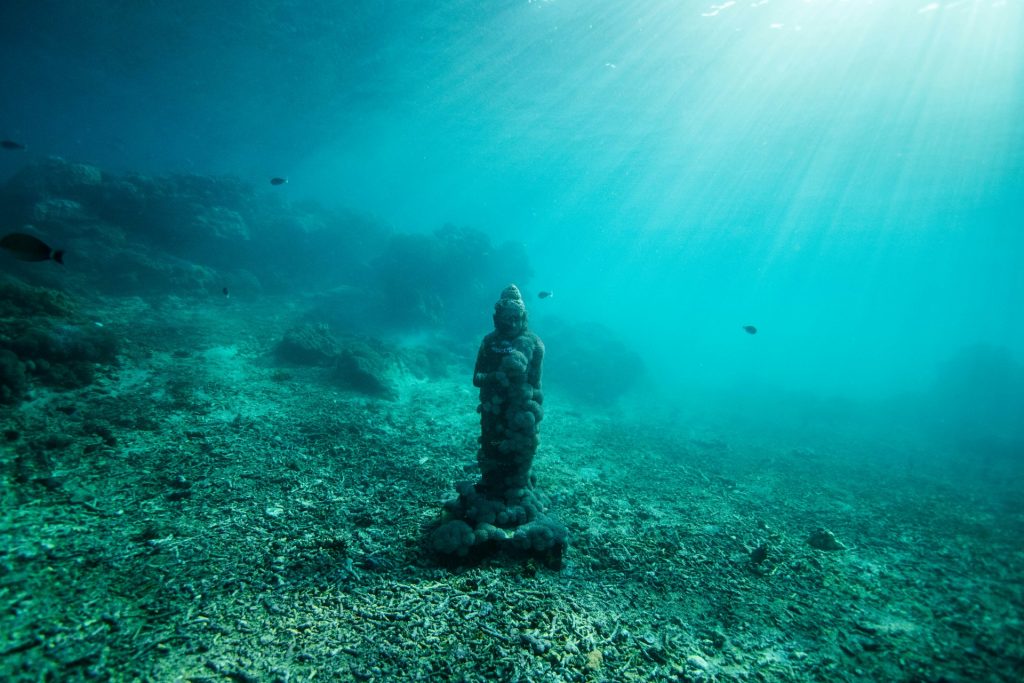When you think of uncharted territory, your mind probably drifts off to distant planets, right? But what if I told you that some of the most mysterious and untouched regions are right here on Earth, deep under the surface of our oceans? Despite centuries of seafaring and exploration, an unbelievable 80% of the seafloor remains unseen by human eyes. Crazy, isn’t it? In fact, while we’ve sent people to the moon and Mars, the deepest parts of the ocean have been far less explored, making them one of the last true frontiers on Earth. But why is it so risky to dive into this unknown world? Let’s find out?

Why Exploring the Ocean’s Depths is Like Taking a Trip to Another Planet
Imagine you’re descending into the ocean. The deeper you go, the darker and colder it gets, and the pressure starts building up like a giant squeezing hand. By the time you’re a few miles down, you’re in a world where the pressure is so intense that it can easily crush a submarine if it’s not designed perfectly.
To put this into perspective, only three brave souls have ventured to the Challenger Deep, the lowest point on Earth’s seabed, while 12 astronauts have spent 300 hours on the lunar surface! Space seems almost like a vacation spot compared to the abyss of the deep ocean. As NASA oceanographer Dr. Gene Feldman quipped, “We have better maps of the moon and Mars than we do of our own planet.” Isn’t it wild to think we know more about distant planets than our very own deep blue?
The Tragic Tale of OceanGate’s Titanic Mission
A submersible vehicle called Titan was lost while trying to explore the wreck of the RMS Titanic. The wreckage of the Titanic lies about 12,500 feet (3,800 meters) underwater, around 900 miles off the coast of Cape Cod. While this trip might sound like an adventure of a lifetime, the ocean had other plans. The Titan likely succumbed to a catastrophic implosion due to the immense pressure at such depths, tragically killing all five passengers aboard.
You might wonder, “Why is it so difficult to search for something lost at sea?” The ocean floor is far more rugged than land, which makes underwater search missions incredibly tricky. Search and rescue teams rely on sonar (which uses sound waves to detect objects) to navigate these opaque depths. But even with advanced technology, locating something on the ocean floor is like searching for a needle in a haystack — underwater.
The High-Stakes Game of Deep-Sea Exploration
So, what makes deep-sea exploration such a nail-bitingly risky endeavor? For every 33 feet (10 meters) you descend, the pressure increases by one atmosphere — that’s an additional 14.7 pounds per square inch (PSI). By the time you’re at the bottom of the ocean, the pressure is equivalent to 50 jumbo jets pressing down on you! One tiny flaw in your vessel’s structure, and well… let’s just say, things won’t end well.
Back in 1960, a bathyscaphe called Trieste made history by descending into the Challenger Deep. The two men aboard, Jacques Piccard and Don Walsh, were stunned to find that life still thrived in such a harsh environment. This dive blew everyone’s minds, shattering old ideas about what the deep ocean could hold.
What Lurks in the Ocean’s Depths? Prepare to be Amazed!
The deep ocean is a place straight out of a sci-fi movie, full of bizarre and fascinating creatures. Take, for instance, the Challenger Deep, where scientists have discovered vibrantly colored rocky outcrops, supergiant prawn-like amphipods, and sea cucumbers living in the extreme conditions. These life forms have evolved in ways that we can barely comprehend, adapting to the crushing pressure and icy cold temperatures that dominate the deep ocean.
And let’s not forget the legendary giant squid, a creature so elusive that scientists had only been able to capture its first live video in 2012 near Japan. This monstrous squid can grow up to 60 feet long, lurking in the inky blackness of the ocean’s depths like a real-life sea monster.
But wait, there’s more! In the 1970s, marine geologist Robert Ballard discovered an alien-like ecosystem near the Galápagos Rift. Giant worms, clams, and crabs live here, thriving in an environment where sunlight never reaches. Instead of relying on sunlight for survival, these creatures use chemical energy released from hydrothermal vents to power their lives. These glowing, bioluminescent creatures add another layer of mystery to an already enigmatic world.

The Ocean’s Bizarre World of Hydrothermal Vents
At the bottom of the ocean, you’ll find something truly out of this world — hydrothermal vents. These vents spew nutrient-rich, superheated water at temperatures up to 750°F (400°C), supporting an entire ecosystem of strange sea life. The seawater seeps through cracks in the seafloor, gets heated by magma below, and then gushes out, creating a unique environment that scientists are still trying to understand.
What’s even more mind-blowing is that researchers are developing autonomous underwater vehicles that can explore these depths without the risk to human life. These machines are designed to withstand pressures over 1,000 times greater than what we experience at sea level. The potential for these vehicles goes beyond Earth — they could help us explore oceans on moons around Jupiter and Saturn in the future!
The Ocean’s Hidden Treasure Chest
Aside from its otherworldly creatures, the deep ocean is also a gold mine for scientific breakthroughs. The ocean has already contributed significantly to the medical field, providing compounds that have led to life-saving drugs. For instance, Cytarabine, a drug derived from a marine sponge, has been used to treat leukemia since 1969. And scientists are continually studying bioactive compounds from ocean creatures, such as cone snails, to develop powerful new pain relievers.
Perhaps one of the most revolutionary discoveries came from an enzyme found in hydrothermal vent microbes. This enzyme helped develop the polymerase chain reaction (PCR), a technique that allows scientists to replicate DNA strands, which is used in everything from crime scene investigations to medical research. Talk about the ocean pulling its weight!

Why the Deep Sea Could Be Key to Our Future
The ocean holds answers to many of the mysteries of life on Earth, and who knows what other secrets it might be hiding? From biomedical breakthroughs to discoveries that could shed light on how life evolved on our planet, the deep ocean is a treasure chest waiting to be unlocked.
So, while the ocean’s depths may be dark, dangerous, and difficult to explore, they also hold endless wonders that could change our understanding of the world and the universe around us. And who knows? Maybe one day we’ll be taking vacations not just to space, but to the ocean floor too!





